Fashion has always been a reflection of society, a visual language that communicates not only our personal tastes but also the cultural, political, and social dynamics of a given time. Over the years, fashion has experienced various shifts, from haute couture’s structured elegance to the raw authenticity of streetwear.
The Rise of Street Culture in Fashion
Street fashion, often defined by its organic, raw nature, began to emerge as a rebellious counterpoint to the more formal and rigid fashion established by designers and haute couture houses. It is important to note that street fashion is not a new concept; it has always existed in some form. However, the term “streetwear” gained traction in the late 20th century, largely due to the rise of hip-hop culture and skateboard subcultures. These subcultures, especially in cities like New York, Los Angeles, and London, embraced a distinctive aesthetic that mixed comfort, practicality, and individuality.
In the 1980s and 1990s, hip-hop artists such as Run-D.M.C. and the Beastie Boys began wearing Adidas sneakers, oversized jackets, and baggy pants—items that were practical for their urban lifestyles but soon became synonymous with status and style. Similarly, skateboarders wore baggy pants and graphic t-shirts, not only for their functionality but also as a form of self-expression. What made streetwear unique was its unpretentiousness and its rejection of the elitist norms of traditional fashion.
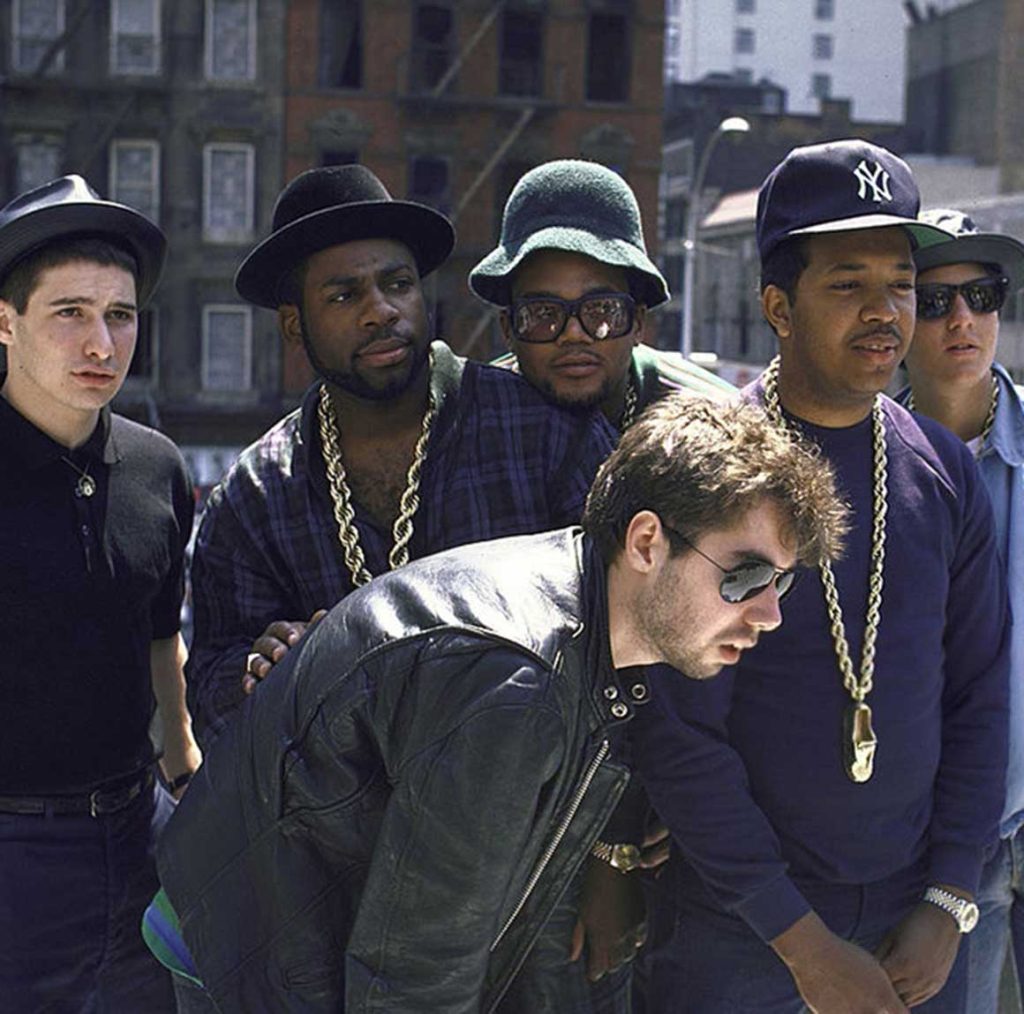
Streetwear Takes Over the Fashion World
By the late 1990s and early 2000s, streetwear began to make a noticeable impact on the fashion industry. Brands like Supreme, Stüssy, and A Bathing Ape (BAPE) emerged as powerful players, creating limited-edition apparel that catered to young, urban audiences. These brands captured the ethos of street culture—cool, exclusive, and irreverent. While high fashion houses like Gucci, Louis Vuitton, and Chanel remained symbols of luxury and refinement, streetwear offered a different kind of luxury: one based on cultural relevance and the power of social influence.
In 2008, a key moment in the streetwear-fashion crossover occurred when designer Marc Jacobs collaborated with streetwear brand Supreme. This collaboration was groundbreaking as it marked the first time a luxury designer embraced the subversive, countercultural appeal of street fashion. It wasn’t just about the clothes anymore—it was about what those clothes represented. Streetwear had become an aspirational style, one that transcended the boundaries of social class and background.
As the 2010s rolled in, more and more designers began incorporating elements of streetwear into their collections. High-end fashion houses started to collaborate with streetwear icons. The collaboration between Louis Vuitton and Supreme in 2017 was a testament to how the lines between luxury fashion and street culture had blurred. The partnership was a cultural phenomenon, combining Supreme’s cool-factor with Louis Vuitton’s heritage, making it a symbol of both exclusivity and accessibility.
The Democratization of Fashion
One of the most significant ways streetwear has transformed fashion is by democratizing it. Traditionally, fashion was exclusive—only the wealthy and elite could afford haute couture and luxury labels. However, streetwear emerged as a democratic fashion movement that encouraged people from all walks of life to express themselves through style. The rise of social media, especially Instagram, has played a crucial role in this democratization. With the power of the “influencer,” streetwear became a way for people to share their style with the world, no longer confined to the boundaries of a particular neighborhood or subculture.
Streetwear also highlighted a shift in how we view trends. No longer does the fashion industry dictate what is “in” or “out.” Now, consumers—especially those in urban environments—are able to set the agenda. Fashion is no longer a top-down system; it is a fluid, ever-evolving movement that constantly takes cues from the street. Social media platforms like Instagram, TikTok, and YouTube have enabled fashion enthusiasts and influencers to become trendsetters, influencing everything from the rise of “hypebeast” culture to the resurgence of vintage items.
Street Fashion on the Runway
By the 2010s, the influence of street culture was undeniable on the runway. What once seemed like an unlikely pairing—luxury designers and streetwear—had now become a central theme of fashion week. The blending of high fashion and street culture signaled a significant shift in the fashion industry’s approach to luxury. In 2016, Kanye West, a key figure in the streetwear movement, debuted his YEEZY collection at New York Fashion Week. The YEEZY aesthetic, with its minimalist, utilitarian designs, showcased a combination of high-end craftsmanship and street-inspired fashion. West’s presence in the high-fashion world cemented the legitimacy of streetwear as a powerful cultural force.
Moreover, designers such as Virgil Abloh, who became the artistic director for Louis Vuitton’s menswear division in 2018, have been instrumental in this cultural fusion. Abloh, the founder of the streetwear brand Off-White, brought an unmistakable street sensibility to the luxury world, blending high fashion with everyday urban clothing. His designs for Louis Vuitton reflected a spirit of inclusivity, reflecting both the aesthetics and values of streetwear while maintaining the craftsmanship and prestige of the brand.
This blurring of the lines between streetwear and luxury fashion reached new heights with the acceptance of oversized silhouettes, hoodies, sneakers, and baseball caps on the runway. These streetwear staples, once considered “casual” or “inappropriate” for formal settings, became synonymous with both fashion-forward thinking and the democratization of high fashion.
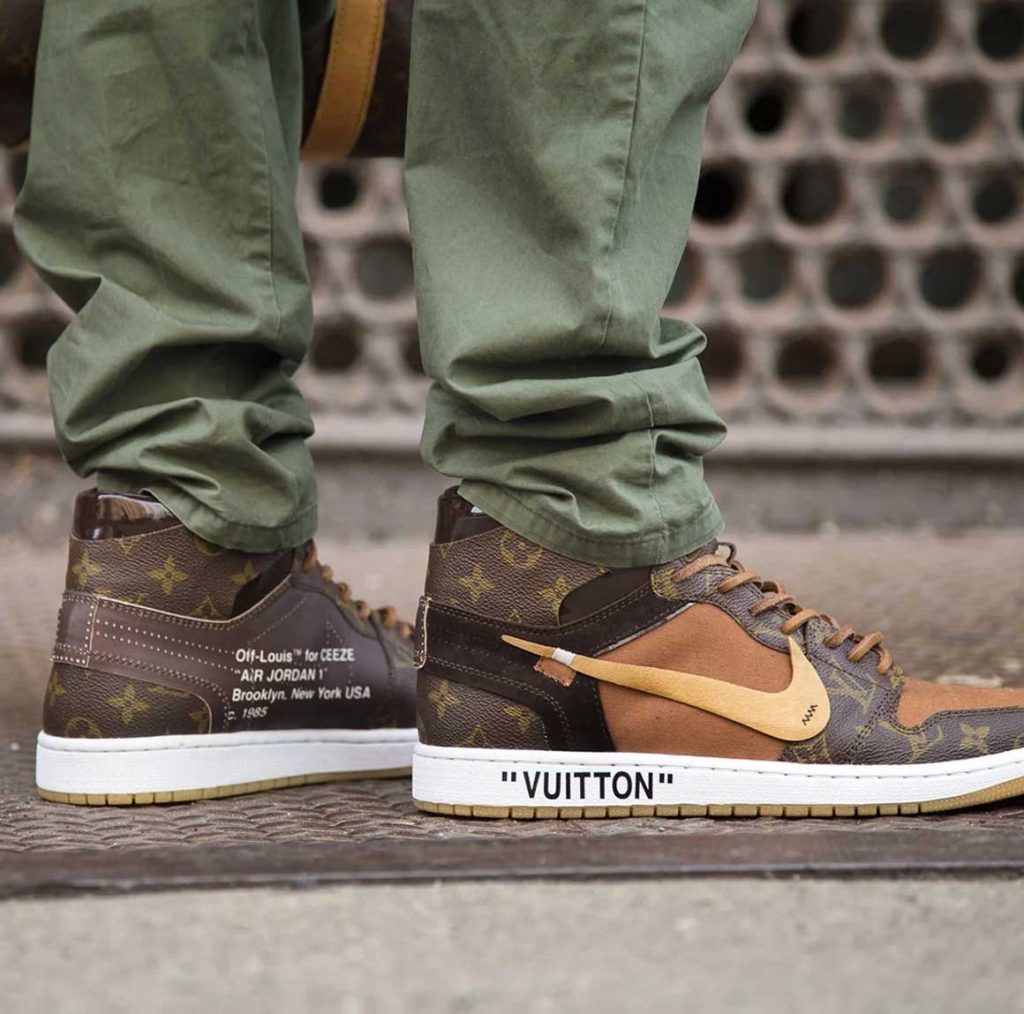
The Future of Fashion: A Hybrid Model
The evolution of fashion, from street to runway, is far from over. In fact, it is likely to continue evolving in exciting and unexpected ways. As technology advances, we are seeing the emergence of digital fashion, with virtual runway shows and fashion drops that exist entirely in the digital space. The fusion of streetwear and high fashion, combined with the increasing influence of social media, suggests that the future of fashion will be even more collaborative, fluid, and inclusive than ever before.
One trend that is likely to dominate is the increasing importance of sustainability in both streetwear and high fashion. As both industries embrace the ethos of “doing more with less,” expect to see more brands focusing on eco-friendly materials, ethical manufacturing practices, and a renewed emphasis on craftsmanship. In this sense, the values of street culture—self-expression, individuality, and authenticity—are likely to drive the next wave of fashion innovation.
The evolution of fashion, from street culture to the runway, tells the story of how society’s attitudes toward style, status, and self-expression have transformed over time. What was once an underground movement has become a central force in the fashion industry, influencing not only what we wear but how we perceive fashion itself. The blending of street and high fashion is a reminder that fashion is not just about clothing—it’s about culture, identity, and the way we communicate with the world around us.
From the gritty streets to the glossy runways of Paris and Milan, the journey of fashion reflects the ever-changing nature of society itself. As the boundaries continue to blur, we can only expect more surprises, collaborations, and innovations on the horizon, shaping a fashion world that is as diverse, dynamic, and unpredictable as the streets from which it came.



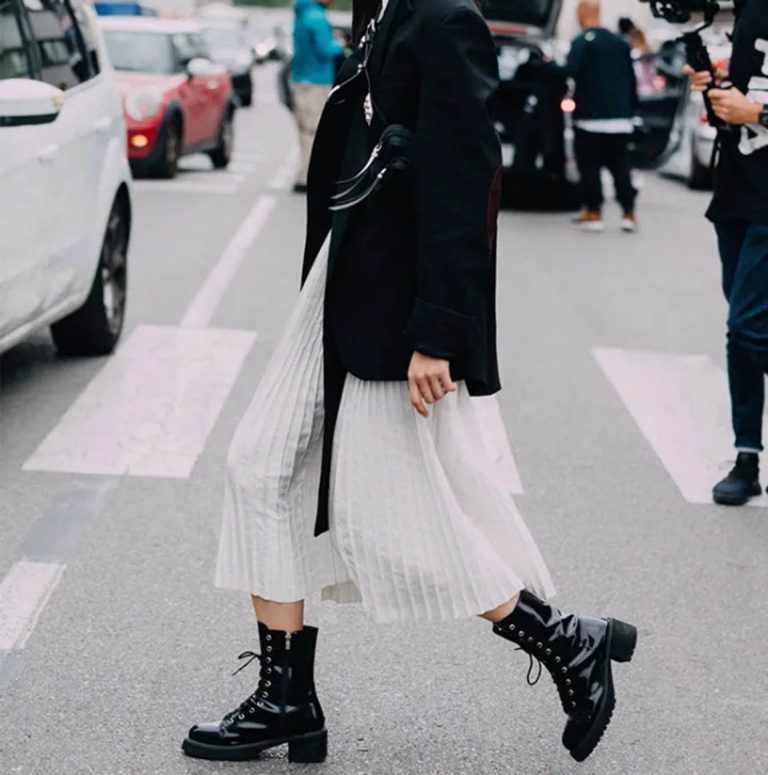

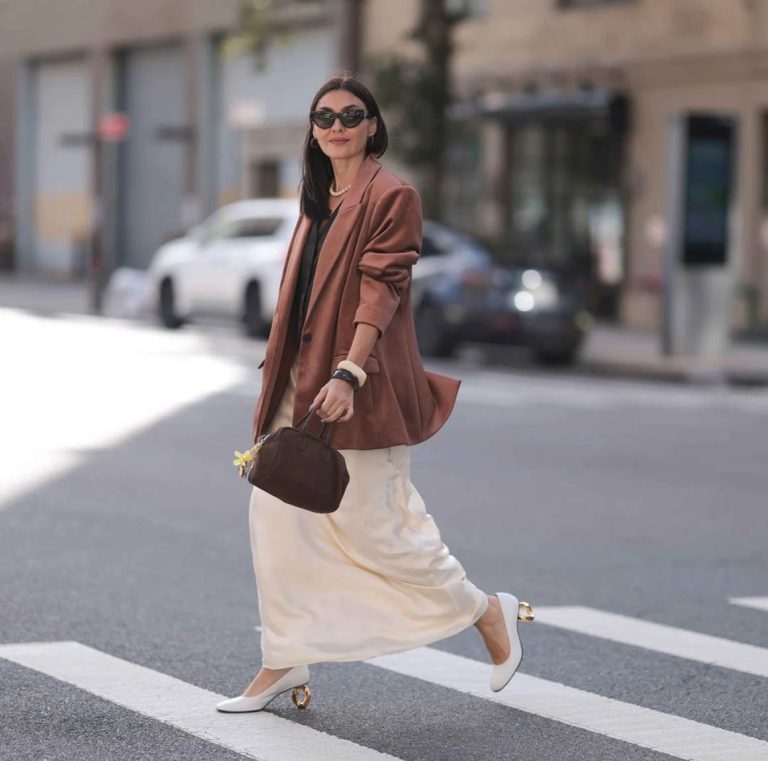



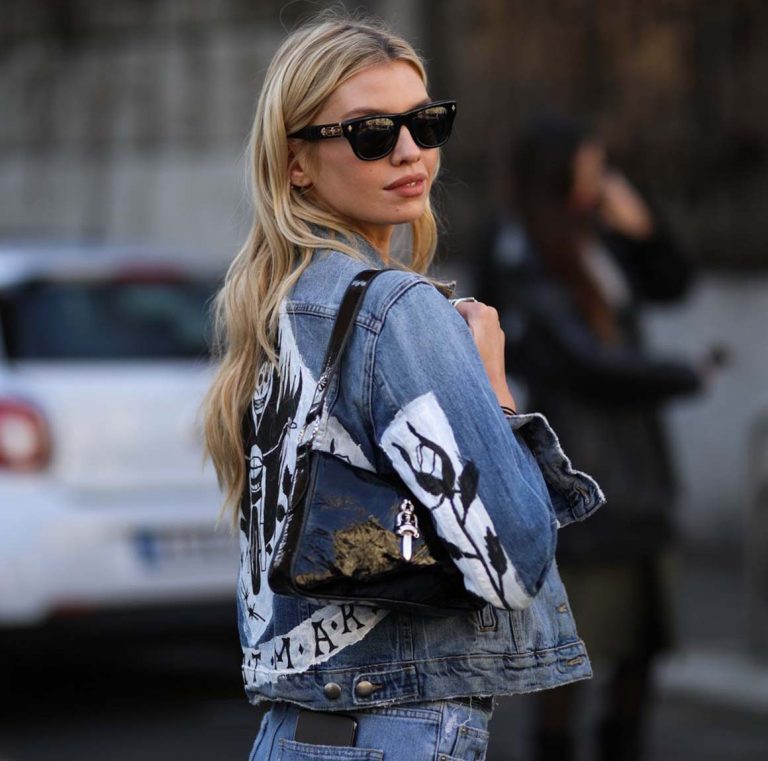

+ There are no comments
Add yours